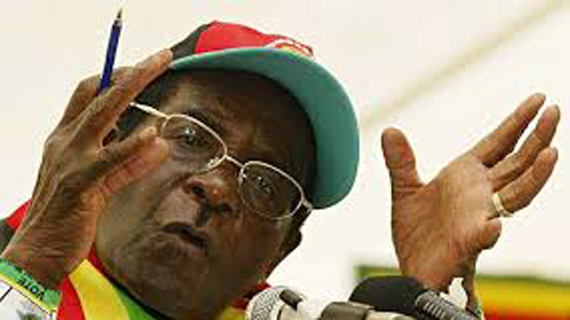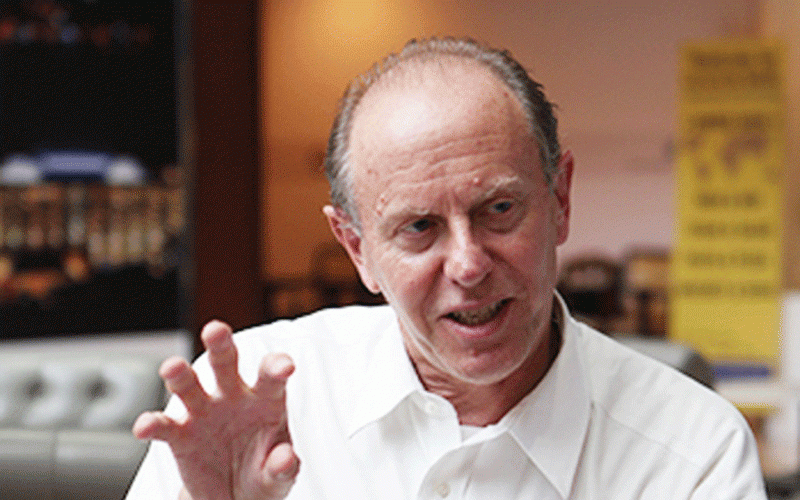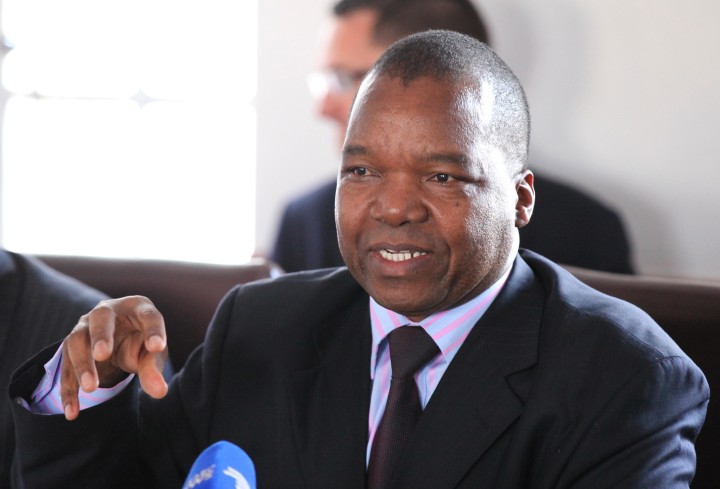
HARARE — President Robert Mugabe is considering raising finance through measures ranging from establishing a sovereign wealth fund to borrowing money from the so-called Brics nations to revive Zimbabwe’s economy.
A document titled Zimbabwe Agenda for a Sustainable Socioeconomic Transformation, or Zim Asset, also details plans including the sale of bonds, securitisation of remittances, re-engagement with international finance institutions and the creation of special economic zones.
Financing options should focus on Brazil, Russia, India, China and South Africa, a group of large emerging market countries collectively known as Brics, according to the document signed by Mugabe and obtained from the Finance ministry on November 15.
“My government has formulated a new plan,” Mugabe (89), said in the foreword to the 129-page document, which details a five-year plan stretching to 2018 for the economy. The plan is designed to “enable Zimbabwe to achieve economic growth and reposition the country as one of the strongest economies in the region and Africa”.
Mugabe, who won a July election to extend his 33 years in power, is struggling to revive an economy that shrank by 40% between 2000 and 2008 after the seizure of white-owned commercial farms slashed exports, inflation surged to a world record and relations with the International Monetary Fund were severed.
Under the plan, economic growth is targeted at 6,2% next year, rising to 9,9% in 2018. The government institutions ranging from an agricultural bank to the State mining company will be recapitalised, the government said.
Debt amounting to $80 million owed by farmers to the State power company will be cancelled while biofuel and sugar projects will be implemented.
The government also plans to seek investment to restore existing power plants to their full capacity, adding 300 megawatts (MW) of production by 2015, while developing a new 1,600MW hydropower plant on the Zambezi River and a smaller project on the Gairezi River.
- Chamisa under fire over US$120K donation
- Mavhunga puts DeMbare into Chibuku quarterfinals
- Pension funds bet on Cabora Bassa oilfields
- Councils defy govt fire tender directive
Keep Reading
Coalbed methane gas at Lupane may be utilised for power generation while the Sengwa coal-fired project, a plant once considered by Rio Tinto Plc, may be developed.
Renewable power projects planned include a 100MW solar plant, solar water heaters and mini-hydro power projects.
The government will also seek to restart a steel mill to produce 700 000 metric tonnes of liquid steel annually and to attract new investment to that industry.
“The government will continue with the ‘look east’ policy to unlock the inflow of potential investment,” it said in a reference to attempts to garner investment from China and India. Last week the Export-Import Bank of China agreed to lend Zimbabwe $319,5 million to expand the Kariba South hydropower plant.
The government plans to target increased production of corn, wheat, milk, meat and eggs as well as boosting the amount of irrigated land and putting in place tariffs to reduce dumping of agricultural products, it said. Agricultural projects planned include fruit juice, honey and avocado-oil plants.
The construction of 12 dams and three water pipelines is envisaged as well as the completion of existing pipeline projects and the rehabilitation of urban water supply systems.
It also plans to identify companies to be taken over by the government or black Zimbabweans and assess which mining exploration concessions are not being utilised.
The production and polishing of 1,2 million carats of diamonds a year is set as a target.
A second fuel pipeline from the Mozambican port of Beira is planned as is the development of a biofuels policy, which would include the planting of jatropha and the expansion of sugarcane plantations. — Bloomberg










